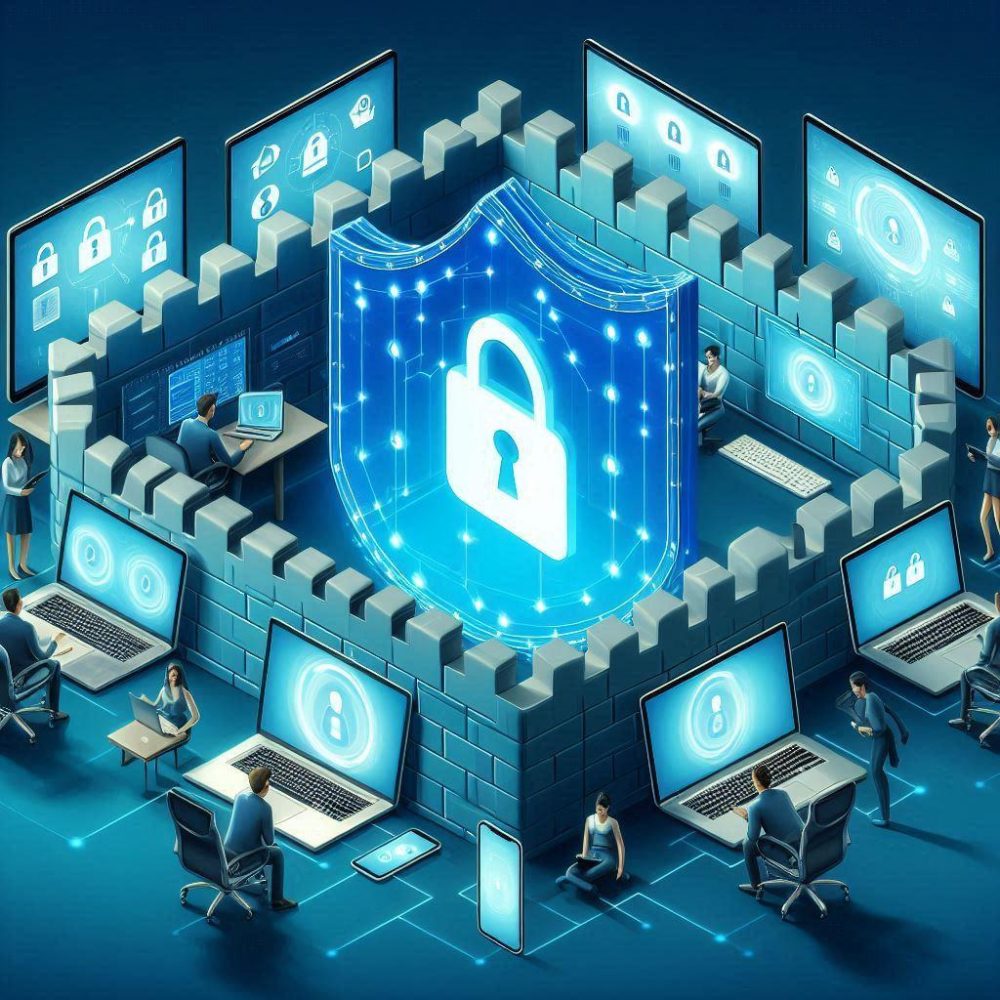Working from home often feels like the luxury of being able to leave the office door open all day. Sure, it’s convenient, but it still comes with some risks if you’re not attentive to what may be slipping in (or out). Let’s be honest, bad habits and overlooked gaps in remote setups are places where cybersecurity threats thrive.
Don’t stress, though. There’s no need to turn every member of your team into an IT pro in order to be protected, and you don’t need to become a slave to software updates either.
Securing passwords, using tools designed to lock out hackers, and spotting shady links are some of the small changes that lead to big impacts in protecting your remote workspaces.
Don’t Let Cyber Threats Prey on the Vulnerabilities of Remote Workspaces
A remote workspace is not unlike a scattered fortress. Not every gate is as strong as another, and every team member’s device represents one more gate. Likewise, home networks vary wildly in their security, some might as well have a “welcome” mat set out specifically for cybercriminals. Quite different from the security of centralized office systems. The big reason for this is that devices tend to mix work and personal use.
All it takes is for someone to check their email one minute, then download a possibly shady file the next. Dual-purpose behavior like this leads to doors being left open where they shouldn’t. We can’t forget about the questionable connections of public Wi-Fi.
Your favorite place to grab coffee might brew up an amazing latte, but it might also be serving up weak encryption. This could result in your data being exposed to anyone watching closely enough. We’re talking about things like your login credentials or sensitive emails.

Encourage Solid Password Management Habits
Start by considering passwords like the skeleton keys to your digital life. Unfortunately, some folks think of them more like a dollar-store padlock on a massive vault. One breached account using a weak or reused password makes even the most secure platform vulnerable in seconds. Now, this is where tools come into the conversation.
Your team members can create their own unique key when using a random password generator. These keys are longer and more complex than conventionally imagined passwords you’d whip up on your own. Once the all-important power password is established, storing it securely matters, too.
Say goodbye to the mental gymnastics once needed for remembering critical logins. Password managers are quickly replacing the reliance upon sticky notes stashed under keyboards.
Practical Steps: Maintain Data Privacy Across Devices
Keeping your remote workforce secure is more than antivirus software and firewalls.
After all, you wouldn’t lock the front door of your house but leave all the windows wide open. Every device your team uses for work becomes a potentially vulnerable point of entry.
Security is simply non-negotiable.
- It begins with regular updates. Apps and outdated operating systems are like a hacker’s favorite playground. Set up automatic updates to ensure your devices always have the latest protections without requiring any extra effort.
- Sensitive files should be encrypted next. Consider encryption like creating a secret code from plain text that can only be unlocked with a very specific key. Thankfully, many of the cloud storage platforms available today also offer encryption tools built in, so you can encrypt files easily. No additional technical know-how needed.
- We’ve got to talk about public Wi-Fi again, because it really does need to be treated with caution. This is where a virtual private network (VPN) can add another layer of privacy by creating an encrypted tunnel between your remote team members and their online destinations.
This blocks prying eyes from seeing sensitive information during airport layovers or those coffee shop work sessions.
- Finally, be sure to adopt two-factor authentication (2FA) wherever possible across platforms. If you’re unfamiliar with this process, it works similarly to requiring both a PIN and a fingerprint to access accounts.
Doubling up on security like this ensures that security breaches are stopped in their tracks, even if a password happens to get leaked elsewhere.
Keep Your Digital Front Door Locked
Working remotely doesn’t have to feel like you’re leaving your valuables out on the front lawn. You can easily keep threats at bay without turning your work life into Fort Knox.
It starts by adopting a proactive mindset, combined with secure tools and smart habits. Remote work doesn’t have to feel like leaving your valuables on the front lawn.
Place your focus on making small changes that pack a big punch, such as smarter internet use, regularly updating software, and super-strength passwords. By treating every device as part of your security perimeter, your teams can create safer spaces to collaborate no matter where they are.
Your digital fortress? It’s secure and ready.












